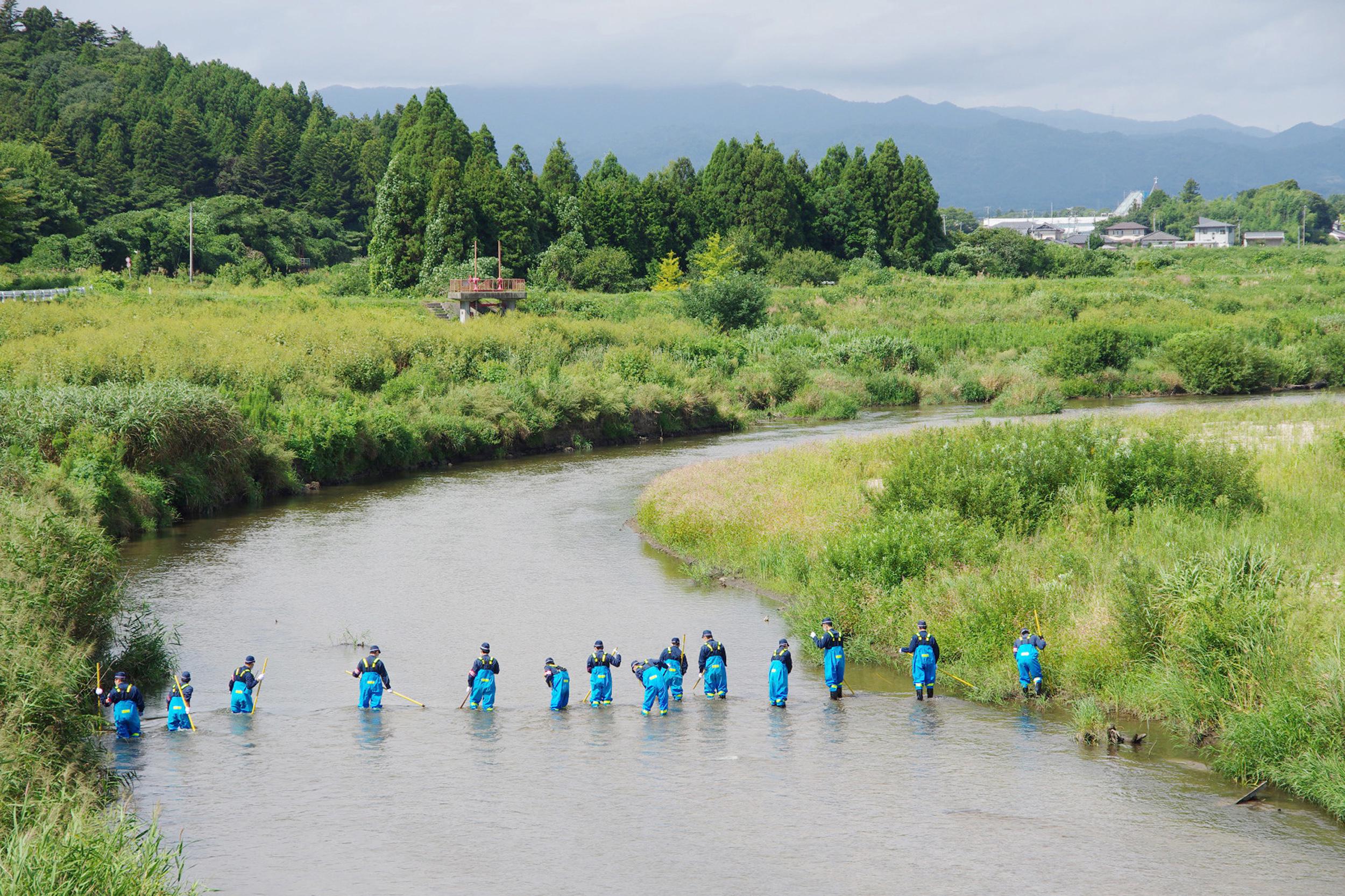Alberto Cavallo, Eduardo Cavallo, and Roberto Rigobon have an interesting paper that looks at the 2010 earthquake in Chile and the 2011 tsunami in Japan and finds that in both cases disasters led to widespread shortages of many kinds of goods but did not lead to higher prices. In fact, “prices were stable for months, even for goods that were experiencing severe shortages.”
Their research in Chile specifically suggests that firms feared sharp market-clearing price increases would lead to “customer anger” and thus departed in their strategies from what basic supply and demand economics would suggest.
Bryan Caplan had an interesting post recently about survey-based information on why wages don’t fall during recessions and it turns out to be broadly similar—employers don’t want to demoralize their workforce with wage cuts during demand shortfalls just as sellers don’t want to alienate their customers with price hikes during supply disruptions. Outside of really simple commodity spot markets there are just a lot of considerations that go into price-setting that extend beyond your supply and demand considerations.
